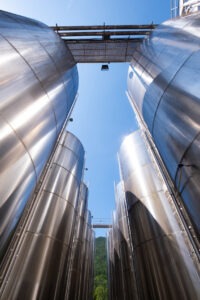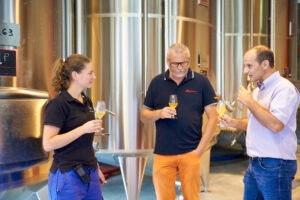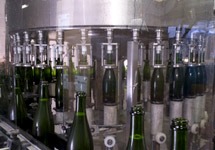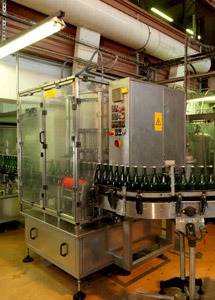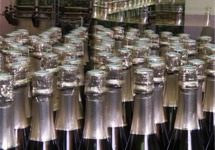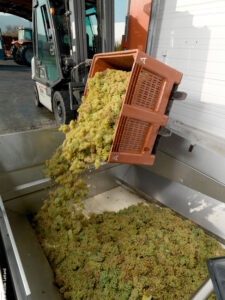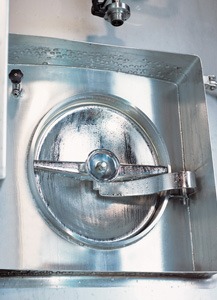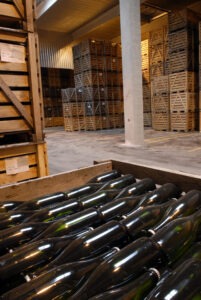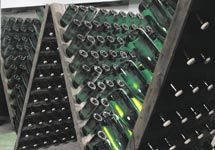Free delivery on orders of 4 cartons or more
Free delivery on orders of 4 cartons or more
Free delivery on orders of 4 cartons or more
Free delivery on orders of 4 cartons or more
Free delivery on orders of 4 cartons or more
Free delivery on orders of 4 cartons or more
Free delivery on orders of 4 cartons or more
Free delivery on orders of 4 cartons or more
Free delivery on orders of 4 cartons or more
Free delivery on orders of 4 cartons or more

